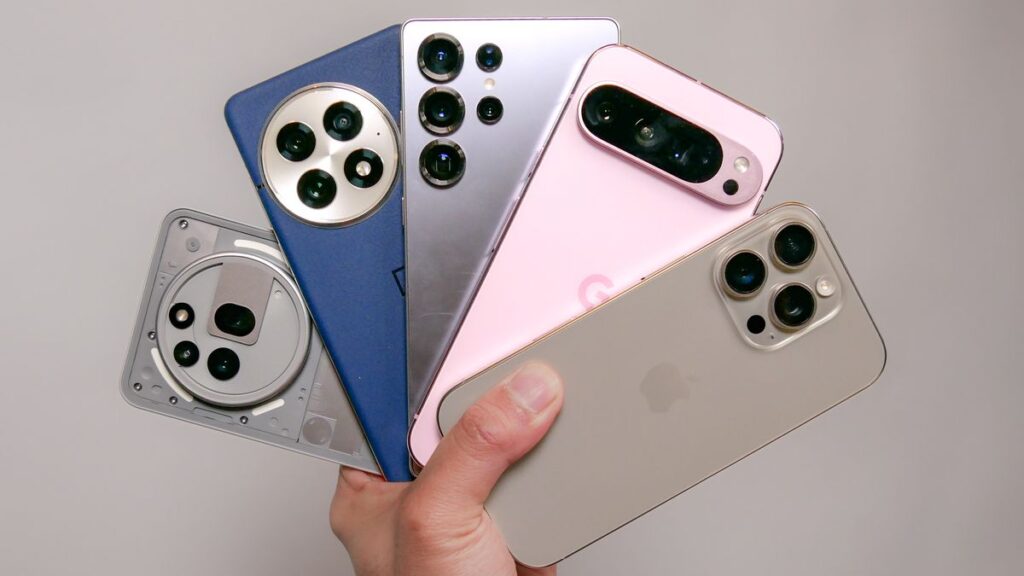
In 2025, the smartphone market offers more choices than ever, with devices ranging from budget-friendly options under $200 to premium flagships exceeding $1,200. This comprehensive guide helps you navigate the complex landscape of specifications, features, and pricing to find the perfect smartphone for your needs and budget.
Key Considerations:
- Budget vs. Performance: Understanding the sweet spots for value at different price points
- Operating System Choice: iOS vs. Android ecosystem implications
- Camera Quality: Evaluating real-world photography performance beyond megapixel counts
- Battery Life: Realistic expectations for all-day usage patterns
- 5G and Connectivity: Future-proofing your investment
- Storage and Memory: Avoiding common capacity mistakes
- Build Quality: Balancing durability with aesthetics
Understanding Your Needs
Usage Pattern Analysis
Light Users (Basic Communication and Web Browsing)
If you primarily use your smartphone for:
- Phone calls and text messaging
- Basic web browsing and social media
- Email and lightweight productivity apps
- Occasional photography for memories
Recommended Focus Areas:
- Battery life for all-day usage without frequent charging
- Reliable performance for basic tasks without lag
- Good call quality and reception
- Affordable pricing with adequate features
- Simple, intuitive user interface
Moderate Users (Balanced Multimedia and Productivity)
Your smartphone serves multiple purposes including:
- Regular social media posting and content consumption
- Streaming videos and music during commutes
- Mobile productivity apps and email management
- Frequent photography for personal and social sharing
- Gaming occasionally with popular mobile titles
Recommended Focus Areas:
- Quality display for content consumption
- Capable camera system for various lighting conditions
- Sufficient performance for multitasking
- Good battery life for moderate-to-heavy daily use
- Balance between features and cost
Power Users (Heavy Productivity and Media Creation)
You rely on your smartphone as a primary computing device:
- Professional photography and video content creation
- Intensive mobile gaming and demanding applications
- Heavy multitasking with productivity suites
- Video editing, streaming, and content creation
- Business communications requiring reliability
Recommended Focus Areas:
- Top-tier performance with latest processors
- Professional-grade camera systems with manual controls
- Maximum storage capacity and fast transfer speeds
- Premium build quality and durability features
- Latest connectivity options including 5G and Wi-Fi 6
Lifestyle and Environment Considerations
Urban Professionals
Fast-paced city life demands specific smartphone characteristics:
- Excellent connectivity for crowded cellular networks
- Fast charging capability for busy schedules
- Premium design suitable for business environments
- Advanced security features for sensitive information
- Integration with productivity and business applications
Students and Young Adults
Budget constraints combined with high usage requirements:
- Value-oriented pricing without sacrificing essential features
- Strong social media and content creation capabilities
- Gaming performance for popular mobile titles
- Durability to withstand daily wear and active lifestyles
- Long software support for extended device lifespan
Outdoor Enthusiasts and Travelers
Demanding environments require rugged reliability:
- Enhanced durability with water and dust resistance
- Extended battery life for long days without power access
- Excellent GPS accuracy and navigation capabilities
- Camera performance in challenging lighting conditions
- Global connectivity and band support for international travel
Senior Users
Accessibility and simplicity take priority:
- Large, clear displays with good outdoor visibility
- Simplified user interfaces with customizable text sizes
- Reliable call quality and hearing aid compatibility
- Emergency features and health monitoring capabilities
- Customer support and local service availability
Budget Categories and Value Analysis
Budget Smartphones ($100-300)
What to Expect at This Price Point
Budget smartphones in 2025 offer surprisingly capable experiences:
- Modern Android versions with 2-3 years of security updates
- Adequate performance for basic tasks and light multitasking
- Usable cameras for daylight photography and video calls
- All-day battery life with efficient processors
- Essential connectivity including 4G LTE and Wi-Fi
Top Recommendations in This Category
Samsung Galaxy A15
- Large 6.5-inch display with good outdoor visibility
- Triple camera system with decent low-light performance
- 5000mAh battery providing excellent endurance
- Clean software experience with regular security updates
- Expandable storage up to 1TB with microSD support
Google Pixel 7a
- Exceptional camera performance rivaling flagship devices
- Pure Android experience with guaranteed 3 years of updates
- Intelligent features including Call Screen and Live Translate
- Wireless charging capability unusual in this price range
- Premium build quality with IP67 water resistance
Motorola Moto G Power (2025)
- Massive 6000mAh battery for multi-day usage
- Clean Android interface with minimal bloatware
- Reliable performance for everyday tasks
- Headphone jack and expandable storage
- Excellent value proposition for battery-focused users
Compromises at Budget Level
Understanding limitations helps set realistic expectations:
- Camera performance suffers in low-light conditions
- Gaming performance limited to casual titles
- Build materials primarily plastic with basic designs
- Slower charging speeds compared to premium devices
- Limited premium features like wireless charging or premium audio
Mid-Range Smartphones ($300-700)
The Sweet Spot for Most Users
Mid-range devices provide excellent balance of features and value:
- Flagship-level features from previous generations
- Capable performance for demanding applications
- Quality camera systems suitable for content creation
- Premium design elements and build quality
- Advanced features like fast charging and wireless capabilities
Outstanding Mid-Range Options
iPhone SE (4th Generation)
- Apple A17 processor delivering flagship performance
- Exceptional camera quality with computational photography
- Compact design appealing to users preferring smaller phones
- iOS ecosystem integration with long-term software support
- Premium build quality with durable construction
Samsung Galaxy S24 FE
- Large 6.4-inch Dynamic AMOLED display with 120Hz refresh rate
- Versatile triple camera system with telephoto lens
- IP68 water resistance and wireless charging support
- One UI software with 4 years of major Android updates
- S Pen compatibility for productivity and creativity
Google Pixel 8
- Advanced computational photography with Magic Eraser
- Pure Android experience with exclusive Google features
- Excellent call quality with advanced noise cancellation
- Seven years of software updates ensuring long-term value
- Titan M security chip for enhanced privacy protection
Mid-Range Value Proposition
Why mid-range represents optimal value for most users:
- 80% of flagship performance at 50% of the price
- Professional-quality cameras for social media and memories
- Premium design and build quality indistinguishable from flagships
- All essential modern features without unnecessary premium additions
- Extended software support justifying the investment
Premium Smartphones ($700-1200)
When Premium Investment Makes Sense
Premium smartphones justify higher costs through:
- Latest generation processors and maximum performance
- Professional-grade camera systems with advanced features
- Premium materials including titanium, ceramic, and sapphire
- Advanced display technology with highest refresh rates
- Cutting-edge features before they reach mainstream devices
Flagship Recommendations
iPhone 16 Pro
- A18 Pro processor delivering industry-leading performance
- Professional camera system with 5x telephoto and macro capabilities
- ProMotion 120Hz display with peak brightness up to 2000 nits
- Titanium construction providing premium feel and durability
- iOS ecosystem integration with seamless device connectivity
Samsung Galaxy S25 Ultra
- Snapdragon 8 Gen 4 processor with advanced AI capabilities
- 200MP main camera with exceptional zoom capabilities up to 100x
- Integrated S Pen for productivity and creative applications
- 6.8-inch Dynamic AMOLED display with adaptive refresh rate
- Advanced multitasking capabilities with DeX desktop mode
Google Pixel 9 Pro XL
- Tensor G4 processor optimized for machine learning tasks
- Computational photography capabilities unmatched by competitors
- Magic Eraser, Best Take, and advanced photo editing features
- Pure Android experience with 7 years of guaranteed updates
- Advanced AI features including real-time language translation
Ultra-Premium and Luxury ($1200+)
Exclusive Features and Ultimate Performance
Ultra-premium devices target users wanting the absolute best:
- Maximum storage capacities up to 2TB
- Exclusive colors, materials, and limited edition designs
- Professional video recording capabilities including ProRes
- Advanced cooling systems for sustained performance
- Premium customer service and extended warranty programs
Operating System Deep Dive
iOS Ecosystem
Advantages of Apple’s iOS
Seamless Ecosystem Integration
- Handoff features allowing work to continue across devices
- AirDrop for instant file sharing between Apple devices
- iMessage and FaceTime integration across all Apple products
- iCloud synchronization keeping data current everywhere
- Apple Watch integration for health and notification management
Privacy and Security Leadership
- App Store review process ensuring software quality and security
- Privacy nutrition labels showing data collection practices
- Advanced features like App Tracking Transparency
- Regular security updates delivered directly to all supported devices
- End-to-end encryption for messages and sensitive data
Long-term Software Support
- 6-7 years of major iOS updates for recent iPhone models
- Consistent user interface across all supported devices
- New features often work on devices several years old
- Strong resale value due to extended software support
- Reliable performance throughout the device lifecycle
iOS Limitations to Consider
Reduced Customization Options
- Limited ability to modify interface or default applications
- Restricted file system access compared to Android
- App Store exclusivity limiting software choices
- Less flexibility in choosing default apps and services
- Consistent interface may feel restrictive for some users
Premium Pricing
- Higher initial cost compared to Android alternatives
- Expensive accessories and repair costs
- Limited budget options within iOS ecosystem
- Storage upgrades significantly increase device costs
Android Ecosystem
Android Advantages and Flexibility
Customization and Flexibility
- Extensive home screen customization with widgets and themes
- Choice of default applications for various functions
- Multiple app stores and sideloading capabilities
- File system access enabling advanced functionality
- Hardware diversity from multiple manufacturers
Value and Choice
- Devices available at every price point from $100 to $1500+
- Competition driving innovation and feature development
- Multiple manufacturers offering different strengths and specializations
- Frequent sales and promotions making devices more affordable
- Expandable storage options on many devices
Integration with Google Services
- Deep integration with Gmail, Google Drive, and Google Photos
- Google Assistant providing advanced voice control and automation
- Google Pay integration for convenient mobile payments
- Advanced search capabilities and real-time information
- Seamless integration with Chromebook and Google productivity tools
Android Considerations
Software Update Inconsistency
- Update timing varies significantly between manufacturers
- Many devices receive only 2-3 years of major updates
- Security patch delivery inconsistency across brands and models
- User interface differences between manufacturers
- Potential bloatware and duplicate applications
Fragmentation Challenges
- App compatibility issues across diverse hardware configurations
- Inconsistent user experience between different Android versions
- Security vulnerability variations between manufacturers
- Performance optimization challenges with diverse hardware
Camera System Evaluation
Understanding Modern Smartphone Photography
Computational Photography Revolution
Modern smartphones rely heavily on software processing:
- Multiple exposures combined for optimal dynamic range
- AI-powered scene recognition optimizing camera settings automatically
- Night mode capabilities rivaling dedicated cameras
- Portrait mode using depth sensors for professional-looking bokeh
- Real-time HDR processing maintaining natural appearance
Camera Hardware Components
Main Camera Specifications
- Megapixel count less important than sensor size and pixel dimensions
- Aperture size (f-number) affecting low-light performance and depth of field
- Optical image stabilization reducing blur in photos and videos
- Sensor size impacting image quality more than resolution
- Lens quality affecting sharpness, color accuracy, and distortion
Ultra-Wide and Telephoto Lenses
- Ultra-wide lenses expanding creative possibilities and fitting more in frame
- Telephoto lenses enabling optical zoom without quality loss
- Periscope zoom technology achieving extreme zoom levels
- Consistent color and exposure across all camera lenses
- Macro capabilities for extreme close-up photography
Real-World Camera Performance
Daylight Photography
Premium smartphones excel in good lighting conditions:
- Accurate color reproduction with natural-looking results
- Sharp detail capture across the entire frame
- Fast autofocus and minimal shutter lag
- Consistent exposure and white balance
- Professional-looking results suitable for social media and printing
Low-Light Performance
Night photography separates good cameras from great ones:
- Larger sensors gathering more light for cleaner images
- Advanced noise reduction maintaining detail while reducing grain
- Night mode capabilities extending usable photography into darkness
- Consistent autofocus performance in challenging conditions
- Natural color reproduction without oversaturation
Video Recording Capabilities
4K Recording and Stabilization
- 4K recording at various frame rates for different creative purposes
- Advanced stabilization systems creating smooth footage
- Professional codec support for video editing and color grading
- Multiple lens recording enabling dynamic perspective changes
- High-quality audio recording complementing video footage
Content Creation Features
- Easy sharing to social media platforms with optimized formats
- Built-in editing tools reducing need for third-party applications
- Time-lapse and slow-motion capabilities for creative content
- Live streaming integration with popular platforms
- Portrait video mode for professional-looking content
Camera Comparison Methodology
Objective Testing Criteria
When evaluating smartphone cameras:
- Daylight Detail: Examining fine detail retention and sharpness
- Low-Light Performance: Testing in various challenging lighting conditions
- Color Accuracy: Comparing results to real-world colors
- Dynamic Range: Evaluating highlight and shadow detail retention
- Consistency: Testing performance across different shooting scenarios
Subjective Evaluation Factors
- User interface design and ease of accessing features
- Speed from launching camera to capturing photo
- Reliability and consistency of autofocus system
- Natural appearance of computational photography features
- Overall satisfaction with default image processing
Performance and Processing Power
Processor Architecture and Performance
Current Generation Processors (2025)
Apple Silicon Leadership
- A18 Pro processor setting performance benchmarks across industry
- Exceptional energy efficiency extending battery life
- Advanced neural engine enabling sophisticated AI features
- Desktop-class performance for mobile video editing and gaming
- Optimized software integration maximizing hardware capabilities
Snapdragon Excellence
- Snapdragon 8 Gen 4 competing closely with Apple performance
- Advanced GPU performance benefiting gaming and graphics applications
- Integrated 5G modem with global band support
- AI processing capabilities enabling advanced camera and voice features
- Excellent thermal management preventing performance throttling
Alternative Processors
- Google Tensor focusing on AI and machine learning applications
- MediaTek Dimensity offering competitive performance at lower costs
- Samsung Exynos processors in international markets
- Growing competition driving innovation and performance improvements
Real-World Performance Metrics
Daily Usage Performance
Performance factors affecting everyday experience:
- Application launch speeds and multitasking responsiveness
- Smooth scrolling and interface animations
- Camera processing speed for capturing moments quickly
- Gaming performance for popular mobile titles
- Background app refresh maintaining current information
Gaming Performance Evaluation
Mobile Gaming Categories
- Casual games running smoothly on entry-level hardware
- Popular titles like PUBG Mobile and Fortnite requiring mid-range performance
- Graphics-intensive games benefiting from flagship processors
- Sustained performance preventing thermal throttling during long sessions
- Display refresh rate enhancing gaming experience
Gaming-Specific Features
- Gaming mode optimizations reducing distractions and improving performance
- Advanced cooling systems maintaining performance during intensive gaming
- High refresh rate displays providing competitive advantages
- Touch sampling rates affecting responsiveness in competitive games
- Audio enhancements providing positional awareness in games
Memory and Storage Considerations
RAM Requirements by Usage
Light Users
- 4-6GB RAM sufficient for basic applications and multitasking
- Occasional app reloading acceptable for cost savings
- Focus on storage capacity over RAM quantity
Moderate Users
- 8GB RAM recommended for smooth multitasking
- Better background app retention improving user experience
- Balance between RAM and storage based on usage patterns
Power Users
- 12GB+ RAM enabling intensive multitasking and productivity
- Professional applications requiring substantial memory
- Future-proofing for increasingly demanding applications
Storage Capacity Planning
Understanding Storage Requirements
- Operating system and pre-installed applications consuming 25-35GB
- Photos and videos requiring 1-5GB per month for average users
- Music streaming reducing local storage needs for many users
- Application sizes varying from megabytes to several gigabytes
- System updates and caches requiring additional overhead space
Storage Expansion Options
- MicroSD card support enabling affordable capacity expansion
- Cloud storage integration reducing local storage requirements
- USB-C external storage for professional workflows
- Wireless storage solutions for home and office environments
Battery Life and Charging Technology
Understanding Battery Capacity and Life
Battery Capacity Measurements
mAh Ratings and Real-World Performance
- Milliampere-hour (mAh) ratings indicating battery capacity
- Processor efficiency affecting actual battery life more than capacity
- Display technology and brightness significantly impacting endurance
- Network connectivity and signal strength affecting power consumption
- Background application activity draining battery during idle periods
Realistic Battery Life Expectations
Usage Pattern Impact
- Light usage (calls, texts, basic apps): 2-3 days typical
- Moderate usage (social media, streaming, photography): 1-1.5 days
- Heavy usage (gaming, video recording, GPS navigation): 8-12 hours
- Screen-on time varying from 4-10 hours depending on usage and device
- Battery degradation reducing capacity 15-20% after 2-3 years
Charging Technology Evolution
Fast Charging Standards
Wired Charging Speeds
- 15W charging considered standard for budget devices
- 25-45W charging becoming mainstream in mid-range devices
- 65W+ charging available in premium devices
- 100W+ charging emerging in flagship devices for rapid top-ups
- USB-C adoption enabling universal charging standards
Wireless Charging Convenience
- 5-15W wireless charging standard across compatible devices
- MagSafe and similar magnetic alignment systems improving efficiency
- Wireless power sharing enabling device-to-device charging
- Car integration making wireless charging convenient for daily commutes
- Furniture integration reducing cable clutter in homes and offices
Charging Strategy Optimization
Battery Health Preservation
- Avoiding extreme charge levels (0% and 100%) when possible
- Optimized charging reducing time spent at full charge
- Heat management during charging preserving battery longevity
- Smart charging scheduling based on usage patterns
- Battery replacement services extending device lifespan
Power Management Features
Software Optimization
Adaptive Battery Management
- AI-powered battery optimization learning usage patterns
- Background app restrictions for unused applications
- Display brightness and refresh rate adjustments
- Processor performance scaling based on demands
- Network connection optimization reducing power consumption
Emergency Power Features
- Low power mode extending critical functionality during emergencies
- Ultra power saving modes providing days of basic functionality
- Battery sharing capabilities helping other devices in emergencies
- Emergency calling functionality even when battery critically low
- Solar charging accessories for extended outdoor activities
Build Quality and Design
Materials and Construction
Premium Material Options
Metal Construction
- Aluminum frames providing excellent durability and heat dissipation
- Stainless steel offering superior scratch resistance and premium feel
- Titanium construction maximizing durability while minimizing weight
- Magnesium alloys balancing strength and lightweight characteristics
- Color treatment and finishing affecting appearance and grip
Glass and Ceramic Options
- Gorilla Glass evolution improving scratch and drop resistance
- Ceramic materials offering superior scratch resistance with premium cost
- Matte vs. glossy finishes affecting fingerprint visibility and grip
- Color depth and saturation achieved through different manufacturing processes
- Repairability considerations when choosing material options
Durability and Protection
Water and Dust Resistance
IP Rating System
- IP67 rating providing protection against dust and temporary immersion
- IP68 rating offering enhanced water resistance for extended periods
- Real-world durability exceeding laboratory testing standards
- Salt water and chemical resistance varying between devices
- Port protection and sealing affecting long-term water resistance
Drop Protection and Repairability
Physical Durability
- Reinforced corners and edges protecting against common drop scenarios
- Screen protection through design elements and material selection
- Back panel protection balancing aesthetics with practical durability
- Button and port durability for frequently used components
- Thermal management preventing damage during intensive use
Repair Accessibility
- Manufacturer repair services and warranty coverage
- Third-party repair options and parts availability
- Self-repair programs and documentation availability
- Screen replacement costs relative to device value
- Battery replacement services extending device lifespan
Ergonomics and Usability
Size and Weight Considerations
One-Handed Usage
- Device width affecting thumb reach across screen
- Weight distribution and balance during extended use
- Button placement accessibility for different hand sizes
- Edge treatment affecting grip security and comfort
- Pocket-ability and daily carry considerations
Display Design
- Bezel size affecting screen-to-body ratio and device compactness
- Curved vs. flat screens impacting accidental touches and protection
- Notch and punch-hole designs balancing screen real estate with functionality
- Brightness uniformity and color accuracy across entire display
- Outdoor visibility and reflection management
Connectivity and Future-Proofing
5G Technology and Implementation
5G Network Types
Sub-6GHz vs. mmWave
- Sub-6GHz providing broader coverage with moderate speed improvements
- mmWave delivering extremely high speeds in limited coverage areas
- Carrier aggregation combining multiple frequency bands
- Network slicing enabling specialized services and applications
- Global band support ensuring international compatibility
5G Performance Expectations
Real-World Speed Benefits
- Download speeds ranging from 50Mbps to 1Gbps+ depending on implementation
- Reduced latency benefiting gaming and real-time applications
- Improved network capacity reducing congestion in crowded areas
- Enhanced indoor penetration compared to previous mmWave implementations
- Battery life impact varying between devices and network configurations
Wi-Fi and Bluetooth Evolution
Wi-Fi 6 and 6E Benefits
Advanced Wi-Fi Features
- Increased throughput and reduced congestion in crowded environments
- Improved battery life through more efficient data transmission
- Better performance with multiple connected devices
- 6GHz band access (Wi-Fi 6E) reducing interference
- Enhanced security protocols protecting personal data
Bluetooth 5.0+ Capabilities
Modern Bluetooth Features
- Extended range enabling connections up to 200 meters in ideal conditions
- Improved audio quality with advanced codecs like aptX and LDAC
- Multiple device connections without compromising audio quality
- Lower power consumption extending battery life for connected devices
- Mesh networking capabilities for smart home integration
Future Technology Adoption
Emerging Connectivity Standards
Next-Generation Features
- USB4 and Thunderbolt support for professional workflows
- UWB (Ultra-Wideband) technology enabling precise location tracking
- Satellite communication capabilities for emergency situations
- Advanced NFC applications beyond simple payments
- Wi-Fi 7 preparation for next-generation wireless performance
Making Your Final Decision
Prioritization Framework
Feature Importance Ranking
Create a personal ranking system:
- Essential Features: Must-have capabilities that are non-negotiable
- Important Features: Significantly impact daily experience and satisfaction
- Nice-to-Have Features: Enhance experience but aren’t critical
- Luxury Features: Premium additions that provide minimal practical benefit
Budget Allocation Strategy
Maximizing Value
- Identify minimum acceptable performance for your usage patterns
- Consider total cost of ownership including accessories and insurance
- Evaluate resale value and upgrade timing affecting long-term costs
- Balance current needs with future requirements over device lifespan
- Compare financing options if spreading costs over time
Common Decision Scenarios
Upgrading from Older Device
When to Upgrade
- Performance degradation affecting daily productivity and satisfaction
- Battery life no longer meeting daily usage requirements
- Security updates discontinued creating vulnerability risks
- Camera quality significantly behind current standards
- Missing features that have become essential for modern usage
Upgrade Timing Optimization
- Annual upgrade cycles maximizing resale value but increasing costs
- 2-3 year cycles balancing feature improvements with cost efficiency
- 4+ year cycles maximizing device value but potentially missing innovations
- Seasonal timing taking advantage of sales and promotional periods
- Carrier upgrade program consideration affecting total costs
Switching Ecosystems
iOS to Android Transition
- Data migration tools and services easing transition process
- Application availability and purchase history considerations
- Accessory compatibility affecting total transition costs
- Learning curve and interface adaptation requirements
- Integration with existing devices and services
Android to iOS Transition
- Move to iOS application simplifying data transfer process
- iCloud service integration requiring subscription consideration
- Accessory ecosystem and MagSafe compatibility benefits
- Privacy and security improvements justifying transition
- Long-term software support improving device longevity
Pre-Purchase Research
Professional Review Sources
Trusted Evaluation Sources
- Professional reviewers with standardized testing methodologies
- User review aggregation identifying common issues and satisfaction patterns
- Video reviews providing visual demonstrations of features and performance
- Camera comparison tests showing real-world photography results
- Battery life testing under standardized conditions
Hands-On Evaluation
Retail Experience
- In-store testing providing tactile feedback and size comparison
- Camera testing in various lighting conditions
- Interface speed and responsiveness evaluation
- Speaker and call quality assessment
- Build quality and material feel evaluation
Conclusion and Recommendations
Universal Recommendations
For Most Users
The mid-range segment ($400-700) provides optimal value:
- iPhone SE (2025) for users prioritizing iOS ecosystem integration
- Google Pixel 8a for photography enthusiasts wanting pure Android
- Samsung Galaxy A55 for users needing versatile features and display quality
- OnePlus 12R for performance-focused users wanting flagship speeds
Budget-Conscious Buyers
Exceptional value options under $400:
- Google Pixel 7a offering flagship camera performance
- Samsung Galaxy A35 providing AMOLED display and versatile cameras
- Motorola Moto G Power for maximum battery life priority
- Nothing Phone (2a) for unique design and clean software
Premium Device Justification
Invest in flagships ($800+) only if you:
- Use smartphone as primary camera for professional or creative work
- Require maximum performance for intensive gaming or productivity
- Want latest features and longest software support timeline
- Can utilize advanced features like professional video recording
- Value premium materials and build quality for daily satisfaction
Final Buying Tips
Timing Your Purchase
- October-November: New iPhone launches and holiday promotions
- February-March: Android flagship launches and Mobile World Congress
- July-August: Mid-year sales and inventory clearing
- Black Friday/Cyber Monday: Best deals on previous-generation devices
Avoiding Common Mistakes
- Don’t prioritize specifications over real-world performance
- Consider total ecosystem costs beyond device price
- Evaluate long-term software support for device longevity
- Factor in accessory costs and insurance coverage
- Test camera performance in conditions matching your usage
Making the Purchase
- Compare prices across multiple retailers and carriers
- Consider trade-in programs for maximum value from old devices
- Evaluate carrier deals and financing options carefully
- Read return policies and warranty coverage details
- Plan for data migration and setup time after purchase
The smartphone market in 2025 offers excellent options at every price point. Success lies in honestly evaluating your needs, setting a realistic budget, and choosing devices that excel in areas most important to your usage patterns. Whether you choose a budget device for basic needs or invest in a premium flagship for professional use, modern smartphones provide remarkable capabilities that continue advancing rapidly.
Take time to research, test devices when possible, and choose based on long-term satisfaction rather than short-term excitement about new features. Your smartphone serves as a daily companion for years – invest wisely in a device that enhances rather than frustrates your digital life.
This guide reflects market conditions and available devices as of September 2025. Technology evolves rapidly, so verify current specifications, pricing, and availability before making purchase decisions.
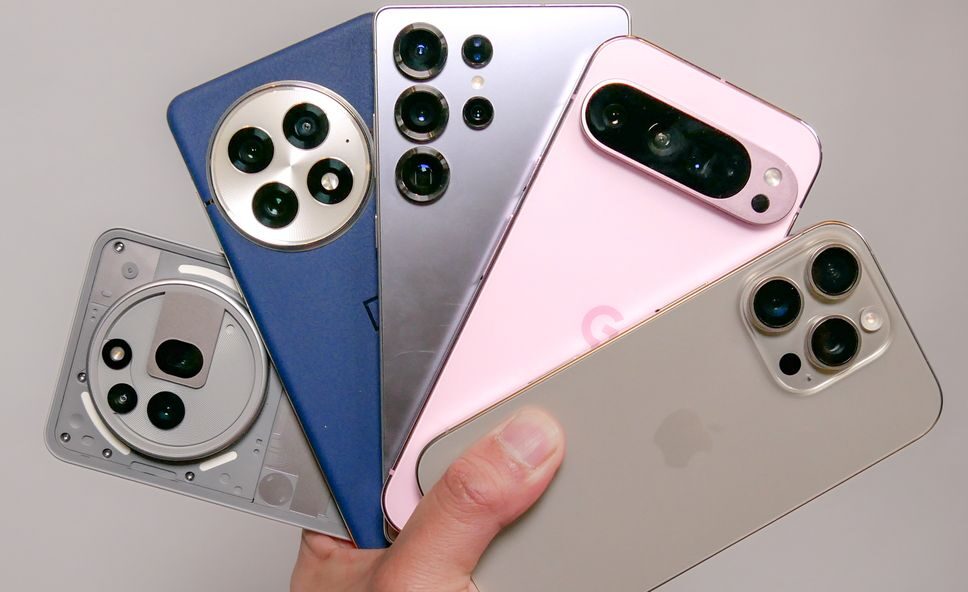
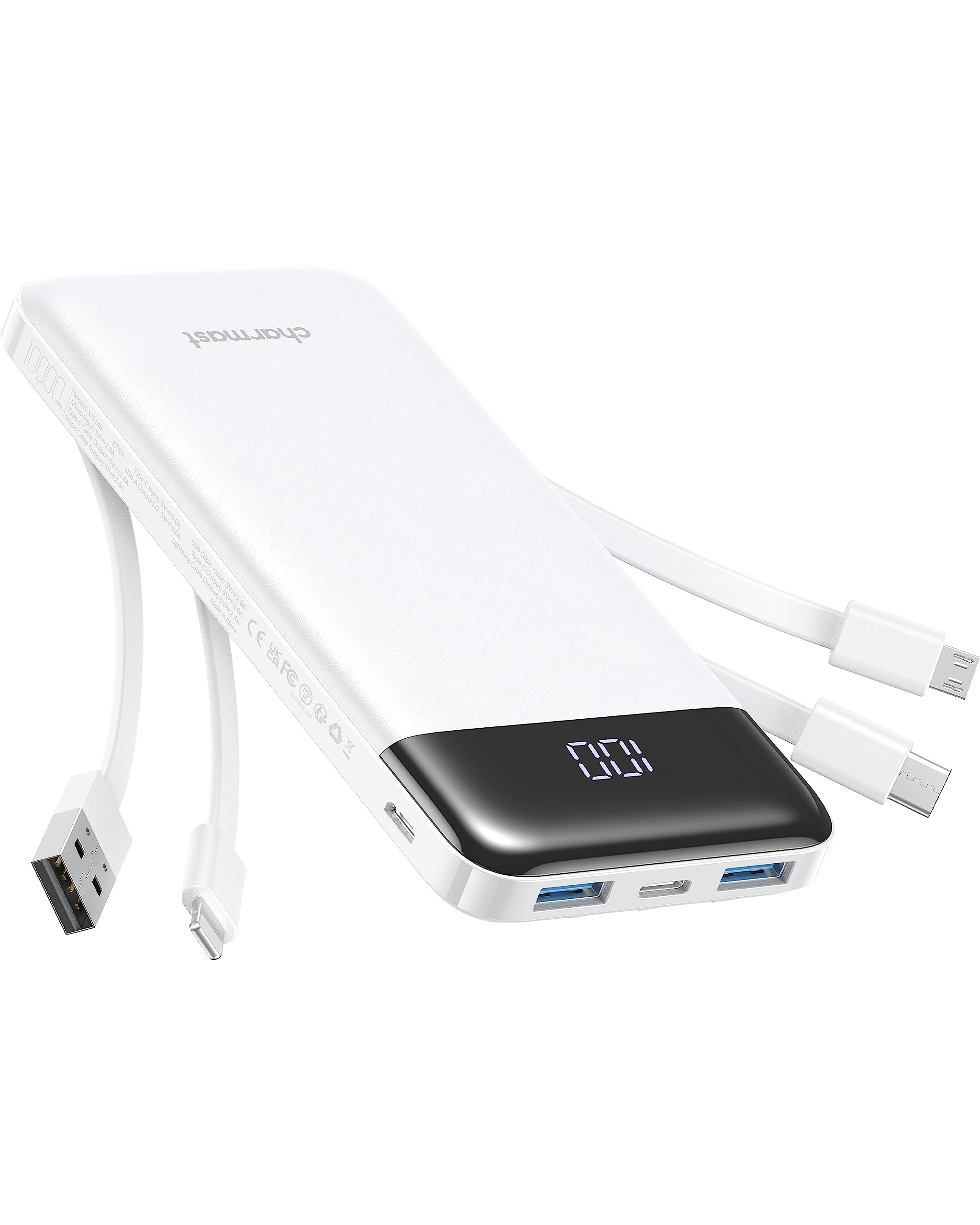
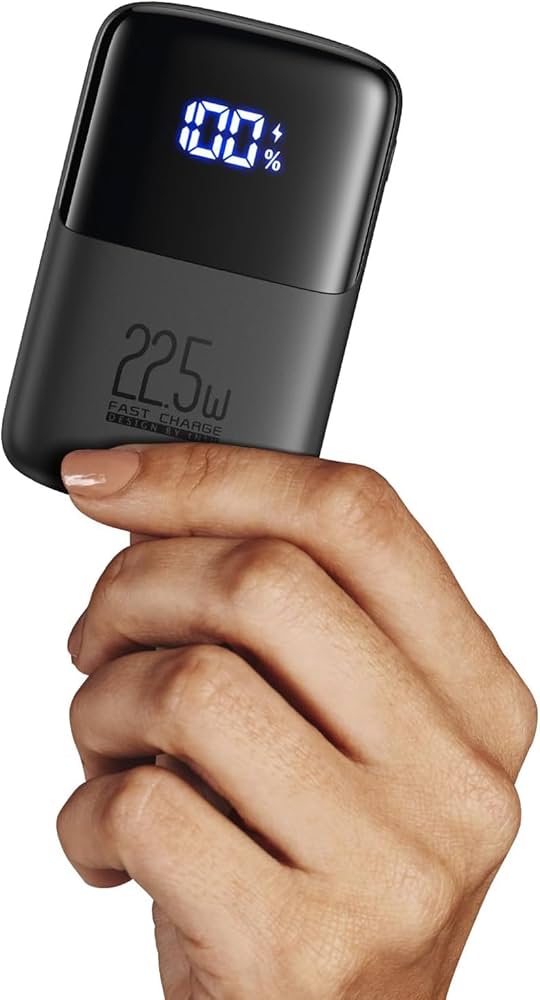
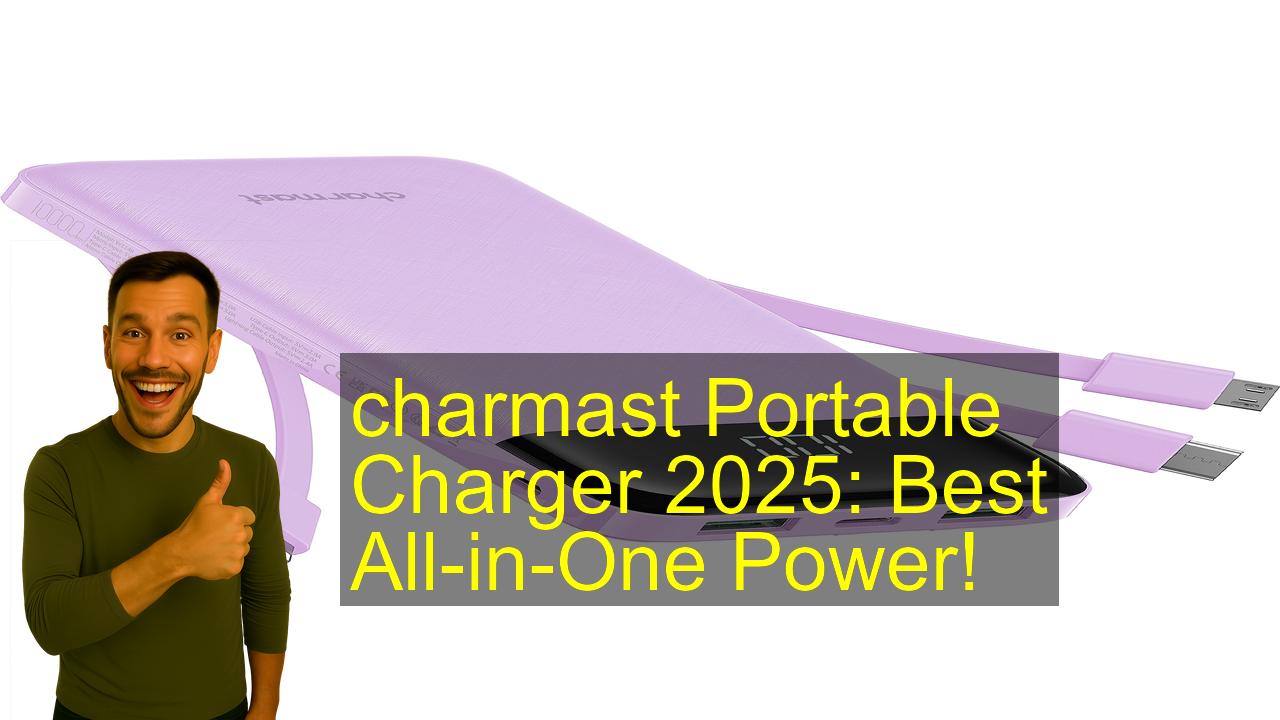
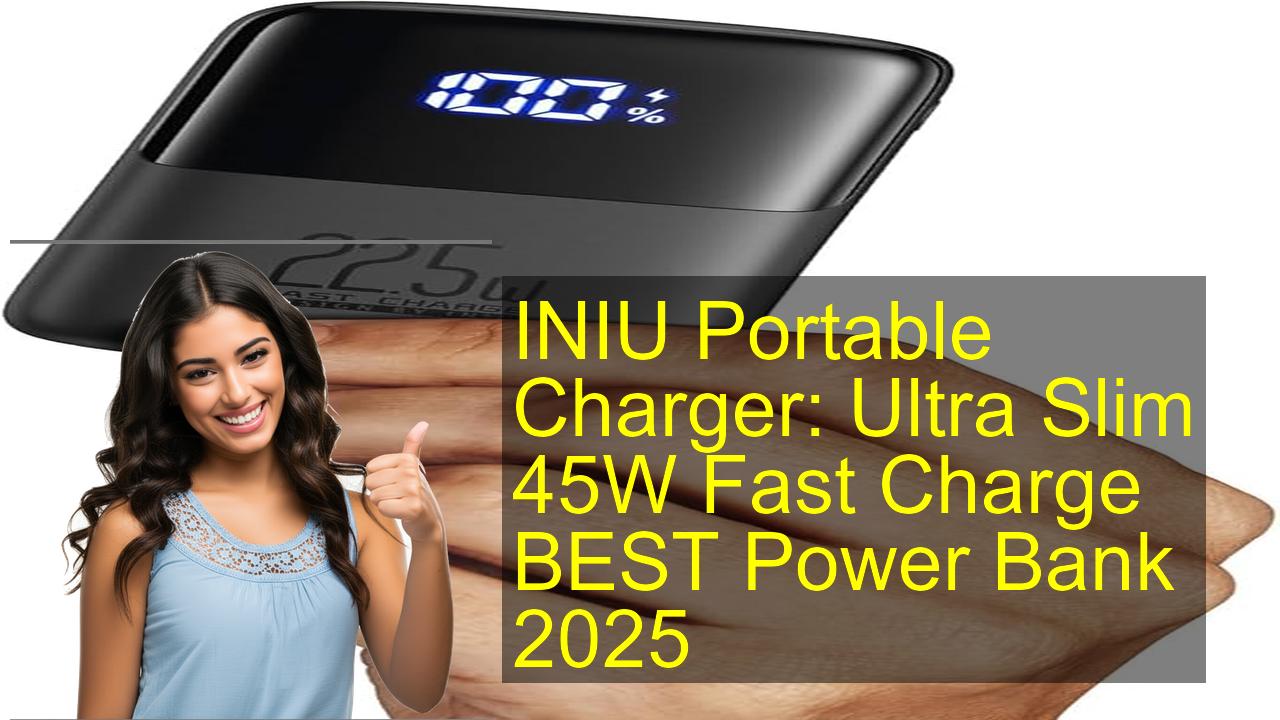
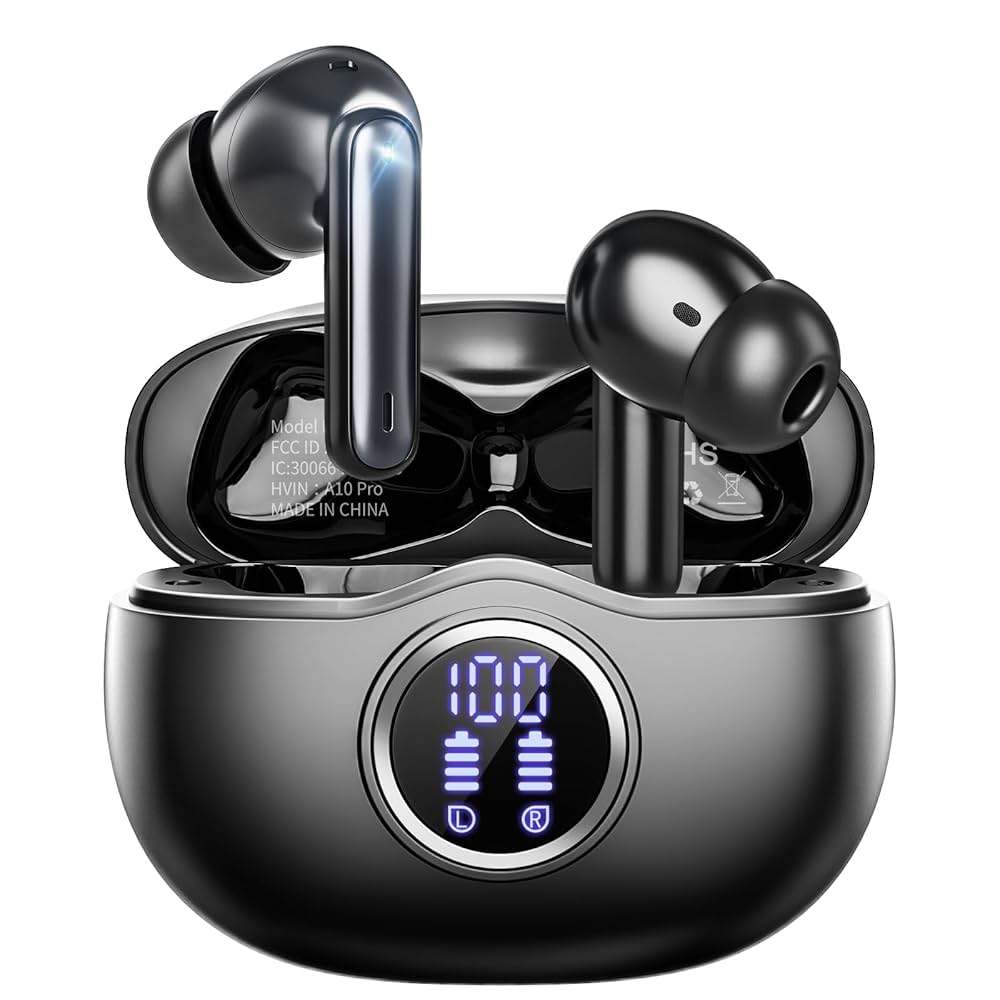
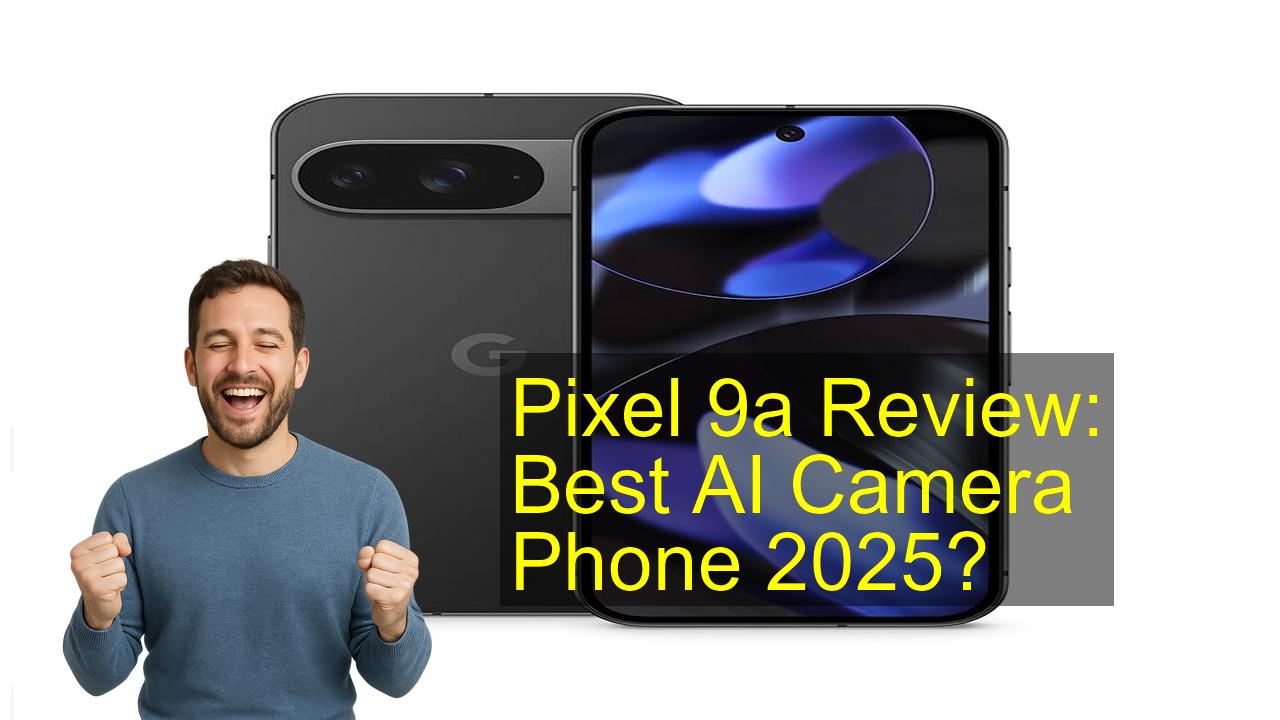
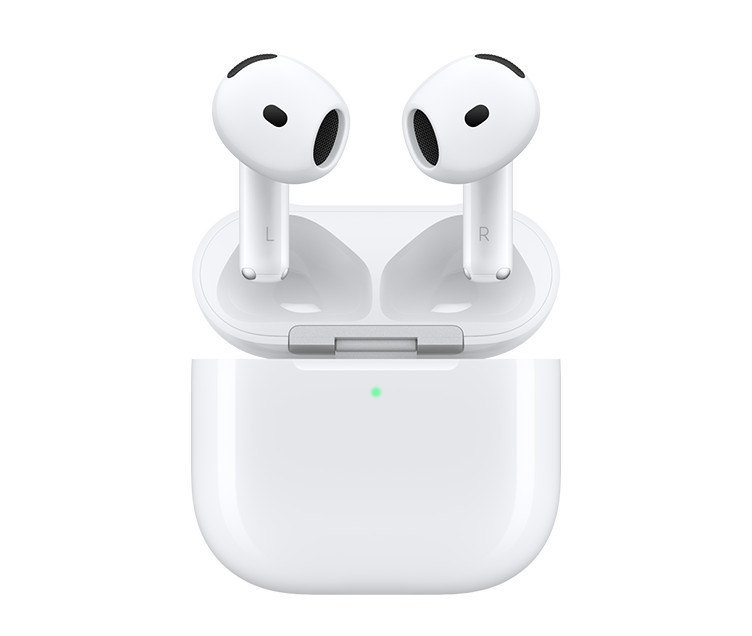
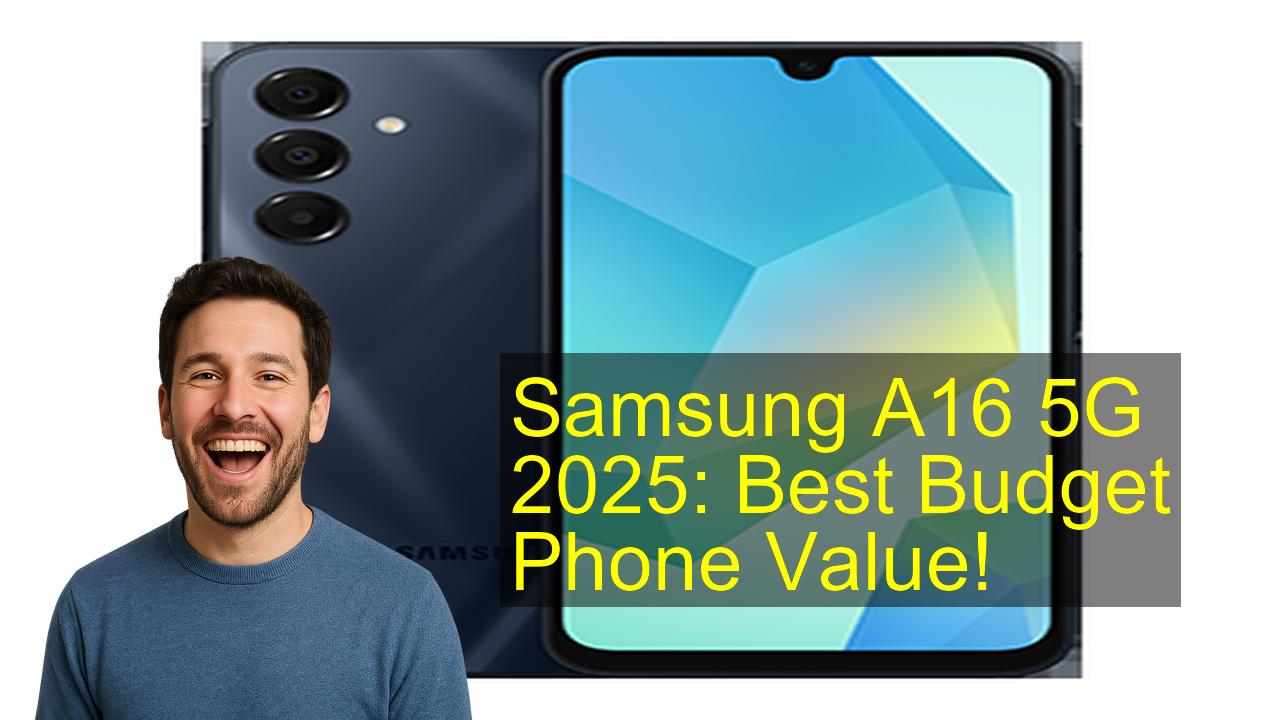
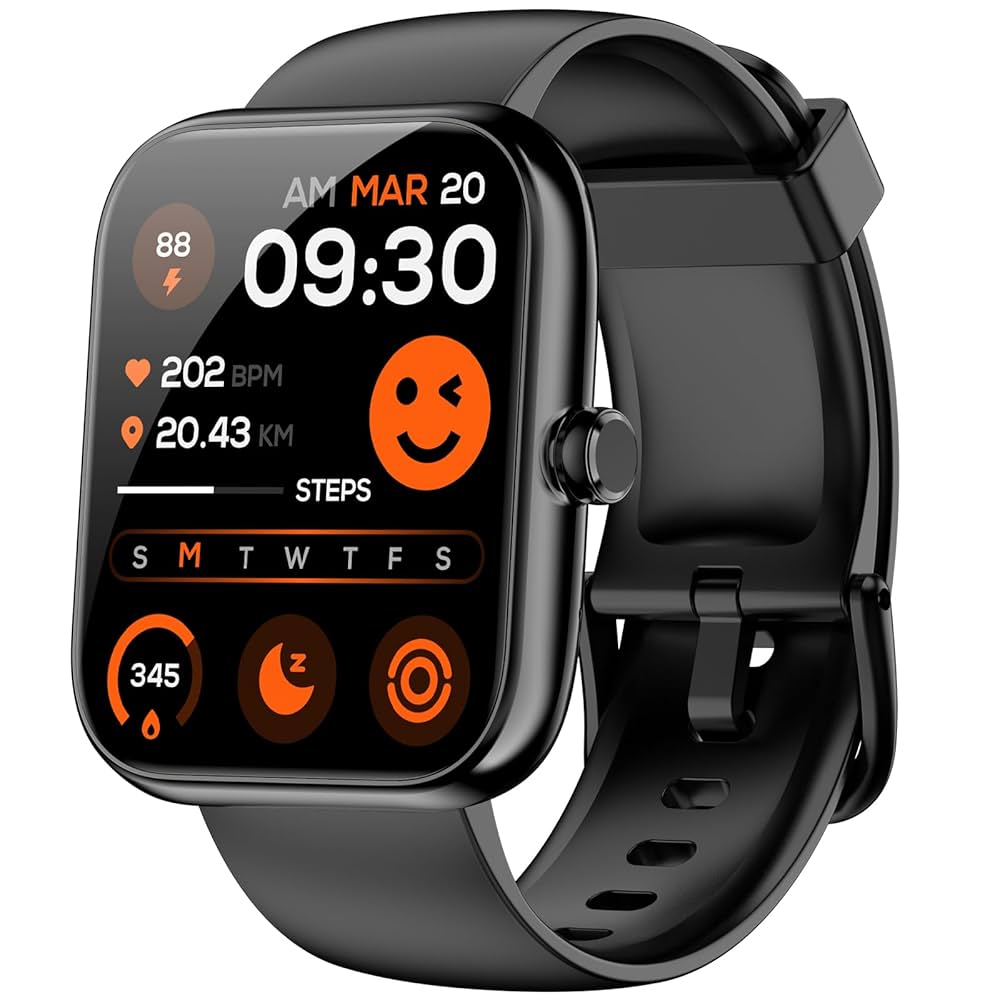
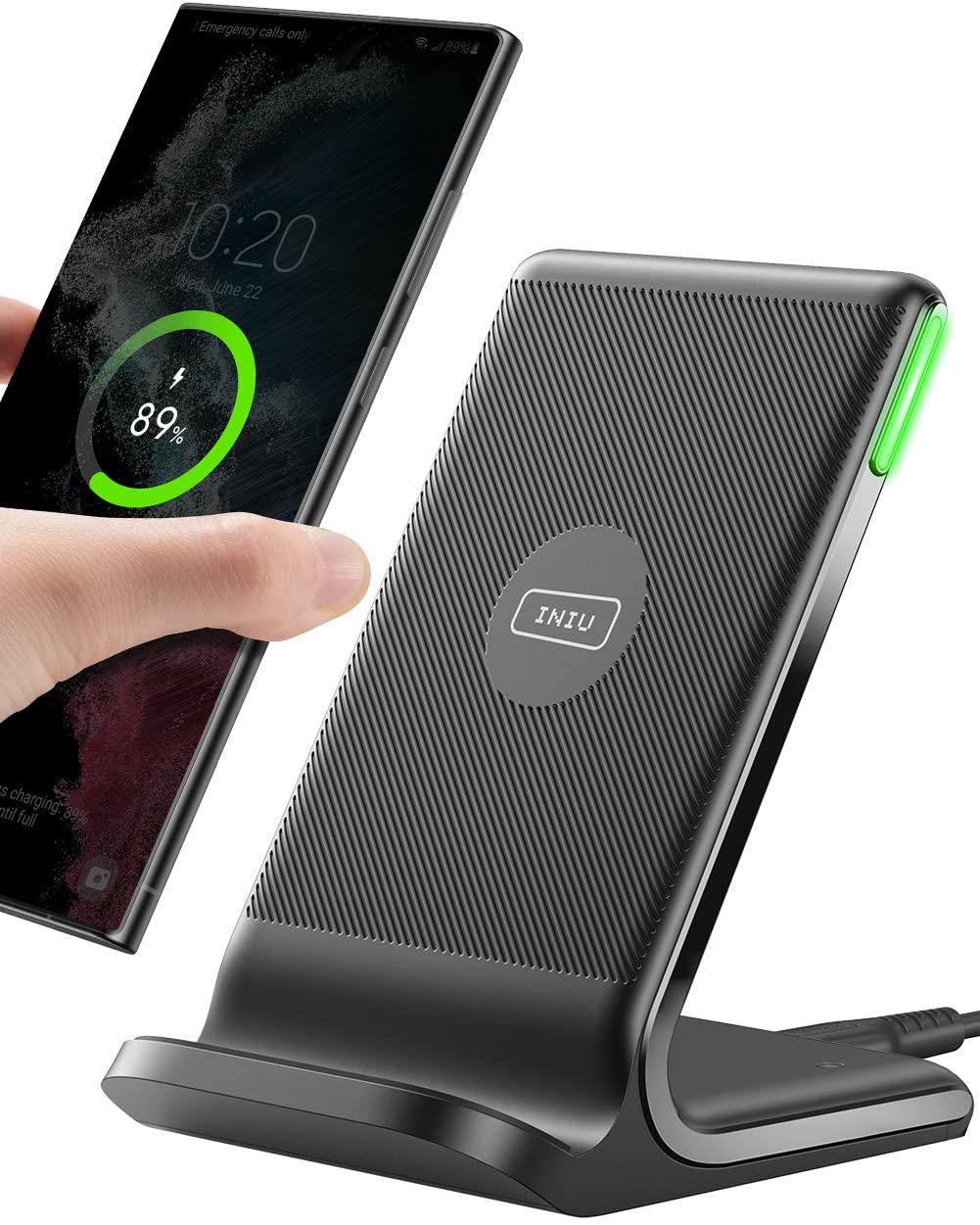

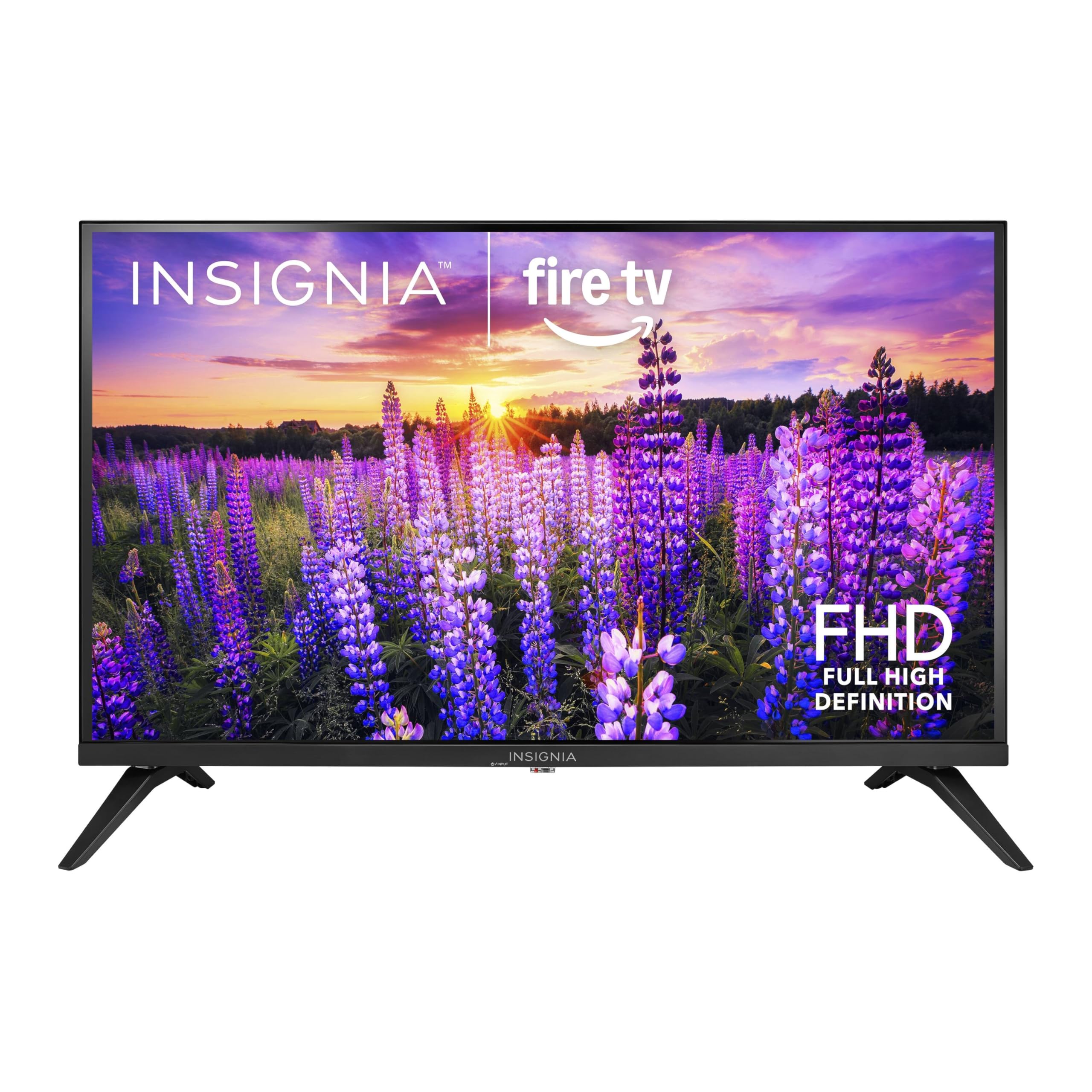
Leave a Reply